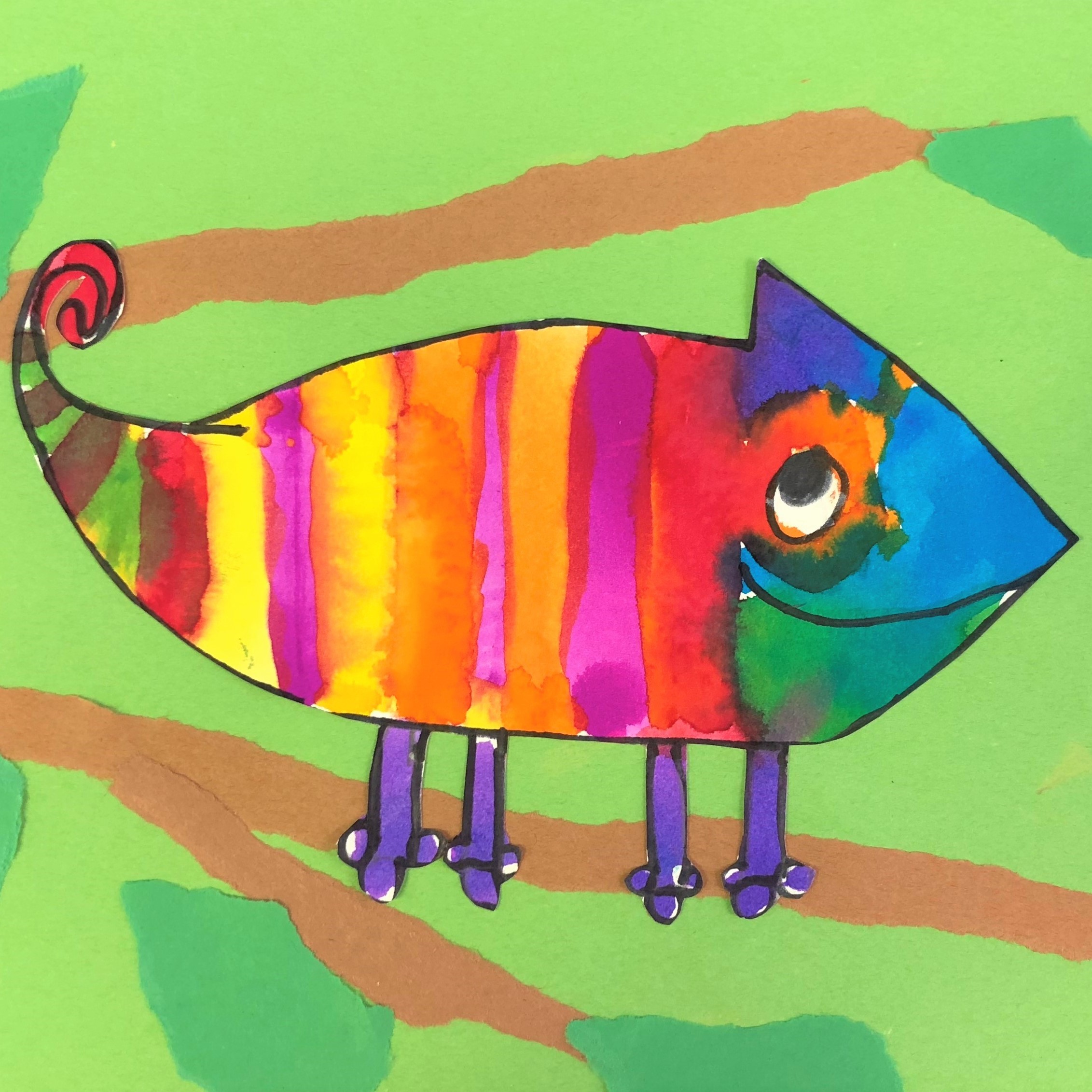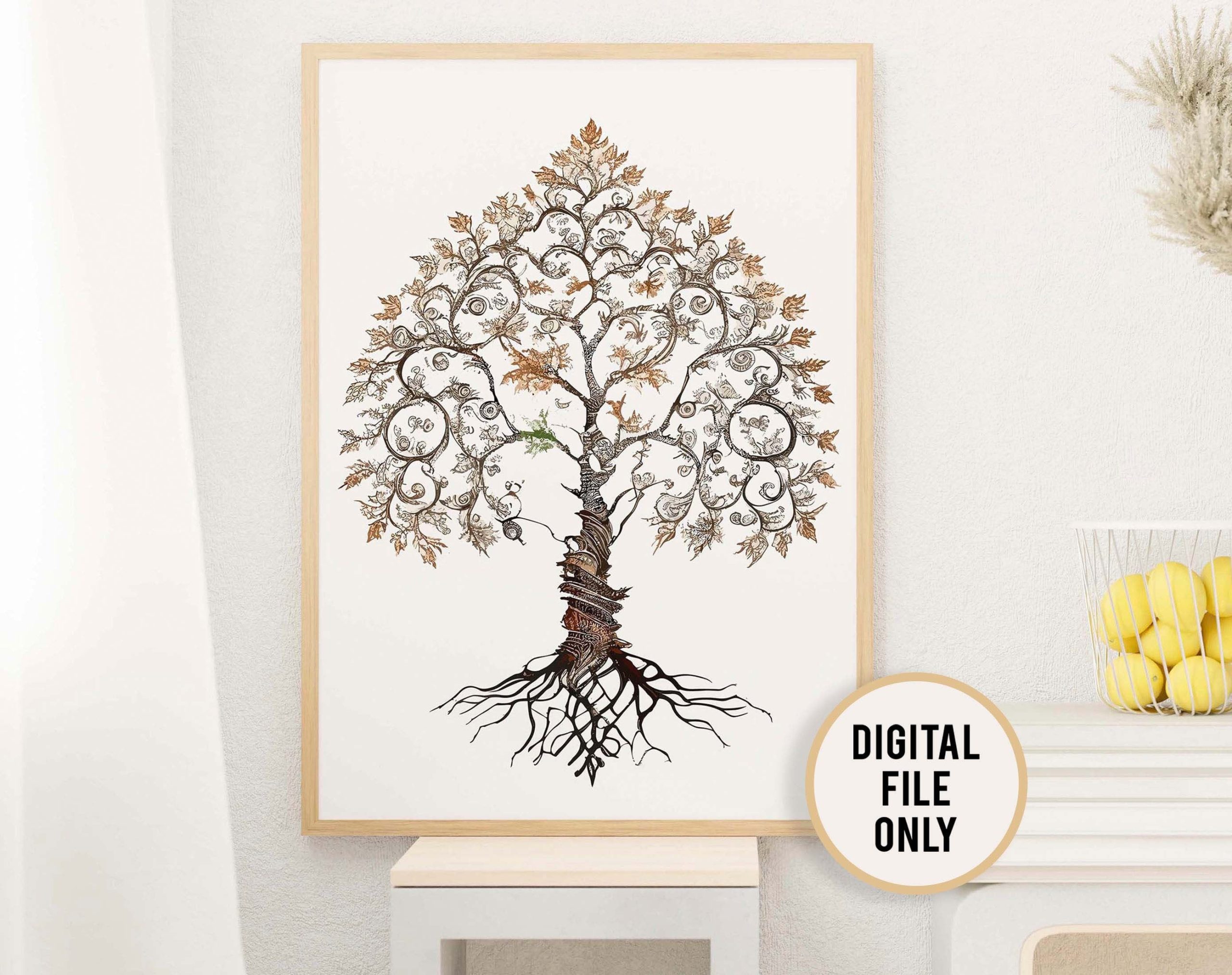The Art of Transformation: Exploring the Metamorphosis of Visual Elements on Canvas
Visual art has the power to transform the ordinary into the extraordinary, allowing the viewer to experience a metamorphosis of their own emotions and perceptions. Through the skilled manipulation of visual elements on canvas, artists are able to take the viewer on a journey of transformation and discovery. Colors, shapes, and textures become the vehicles through which these transformations occur, as they interact and blend together in harmony or discord. The canvas becomes a playground for artists to experiment with different techniques and materials, pushing the boundaries of what is possible and inviting the viewer to explore new realms of imagination.
In the world of visual art, transformation is not limited to the subject matter portrayed on the canvas. The visual elements themselves have the ability to undergo their own metamorphosis, transcending their original form and taking on new meanings and dimensions. A simple brushstroke can be transformed into a swirling vortex of energy, a splash of color can become a vibrant landscape, and a shape can morph into a symbolic representation of a complex idea. With each stroke of the brush, the artist breathes life into these visual elements, imbuing them with power and evoking a range of emotions in the viewer. The art of transformation is a delicate dance between the artist and the canvas, as they work together to create a visual language that speaks to the heart and soul.
Unveiling the Enchanting World of Visual Art: How Colors and Shapes Interact to Create Magic
Colors and shapes are the building blocks of visual art, coming together to create magic on the canvas. The interplay between these elements is what gives art its expressive and captivating nature. Colors have the power to evoke emotions and convey meaning, while shapes provide structure and form. By understanding how colors and shapes interact, artists are able to craft mesmerizing compositions that engage the viewer and transport them into an enchanting world of visual art.
Colors play a crucial role in the storytelling aspect of art. Each hue has its own unique symbolism and impact on the viewer. Warm colors like red and orange can evoke feelings of passion and energy, while cool colors such as blue and green can create a sense of calm and tranquility. By carefully selecting and combining colors, artists are able to communicate specific emotions and narratives within their artwork. Shapes, on the other hand, provide a sense of structure and balance. Geometric forms can create a sense of order and stability, while organic shapes can bring movement and dynamism to a composition. Together, colors and shapes interact harmoniously to create visually stunning works of art that capture the imagination and leave a lasting impression.
The Power of Illusion: How Visual Art Elements Bring Life to Inanimate Canvases
Visual art has the remarkable ability to transform plain, lifeless canvases into captivating works of illusion. Through the skilled manipulation of visual art elements, artists can breathe life into inanimate surfaces, transporting viewers to a world of enchantment. Colors, shapes, and textures are meticulously chosen and arranged to create a sense of depth, movement, and vibrance, making the artwork come alive right before our eyes.
One of the primary ways that visual art elements bring life to inanimate canvases is through the clever use of color. Artists understand how different hues can evoke various emotions and create a sense of atmosphere and energy within a piece. Vibrant and warm colors can generate excitement and passion, while cool and muted tones can convey calmness and tranquility. By strategically selecting and harmonizing colors, artists are able to deceive our senses and transport us into the realms of their imagination.
From Stillness to Motion: Understanding the Dynamic Nature of Visual Art Elements
Visual art has the power to transcend the limitations of a static canvas, capturing the essence of motion and bringing it to life. The dynamic nature of visual art elements allows artists to evoke a sense of movement and create a sense of flow within their compositions. Brushes sweep across the canvas, leaving behind vibrant strokes that guide the viewer’s eye and give the illusion of motion. The interplay of colors and shapes adds an additional layer of dynamism, creating a captivating visual experience that immerses the observer in a world of motion and energy.
Through the strategic placement of lines, artists can create a sense of direction and movement within their artwork. Diagonal lines, for example, convey a sense of action and energy, while curved lines can suggest fluidity and grace. By carefully selecting these visual elements, artists are able to guide the viewer’s gaze, leading them along a visual journey that captures the essence of movement. Additionally, the use of repetition and rhythm within a composition can further enhance the sense of motion, creating a dynamic visual experience that engages and captivates the viewer.
The Language of Colors: How Artists Utilize Hues to Convey Emotion and Meaning
Colors have a powerful impact on our emotions and perceptions, and artists have long understood this intrinsic connection. By carefully selecting and manipulating hues on the canvas, artists are able to effectively convey emotion and meaning to their viewers. Every color carries its own symbolism and evokes a particular response, allowing artists to create a visual language that speaks directly to our senses. Whether it’s the calming effects of blues and greens, the passionate intensity of reds, or the purity and innocence of whites, artists wield the language of colors to evoke specific moods and trigger emotional responses within us.
In addition to conveying emotion, colors also have the ability to communicate meaning and message. Artists often utilize color symbolism to represent ideas, themes, or even cultural references within their work. For example, the use of warm colors like oranges and yellows may signify energy, warmth, or happiness, while cooler tones such as purples and grays might suggest melancholy or tranquility. By understanding the language of colors and their associated meanings, artists can effectively communicate their intended messages, inviting viewers to interpret and engage with their artwork on a deeper level.
Shapes as Storytellers: How Geometric Forms Transform the Narrative of Art
Shapes have long been used as a language in visual art, allowing artists to convey narratives and stories in unique ways. Geometric forms, with their precise angles and symmetrical structures, bring a sense of order and balance to the canvas. By using shapes as storytellers, artists are able to transform the narrative of their art, creating a visual language that transcends words.
Geometric forms have the power to evoke different emotions and convey abstract concepts. A square, for example, with its equal sides and right angles, can represent stability and solidity. On the other hand, a triangle, with its pointed edges and dynamic lines, can suggest movement and energy. By strategically incorporating these shapes into their compositions, artists are able to guide viewers through a visual narrative, telling a story without relying on words. Whether it’s a series of squares representing the stages of life or a triangle symbolizing the ascent to a higher plane of existence, geometric forms have the ability to transform the narrative of art, unlocking new dimensions of meaning and interpretation.
Exploring the Playful Nature of Visual Art: How Artists Bend Reality with Shapeshifting Elements
Artists have always been fascinated by the ability to manipulate reality through their creations. Visual art, in particular, provides a unique platform for artists to bend reality and challenge our perceptions. This playful nature of visual art is evident in the use of shapeshifting elements. Artists employ various techniques to transform traditional shapes into unconventional forms, blurring the lines between what is real and what is imagined.
One way artists achieve this is by distorting familiar shapes, turning them into something unusual and unexpected. For example, a simple geometric cube can be transformed into a morphing structure that seems to defy the laws of physics. This shapeshifting element adds intrigue and a sense of playfulness to the artwork, inviting viewers to question their preconceived notions of reality. By bending shapes in this way, artists are able to evoke a sense of wonder and captivate viewers with their imaginative reinterpretations.
The Fusion of Realism and Abstraction: How Visual Art Elements Blur Boundaries on the Canvas
In the captivating world of visual art, the boundaries between realism and abstraction have always been fluid. Artists have long been fascinated by the interplay of these two contrasting styles, pushing the limits of perception and challenging traditional norms. By incorporating elements of both realism and abstraction onto the canvas, artists create visually striking and thought-provoking works that blur the lines between representation and imagination.
At its core, the fusion of realism and abstraction is a quest for balance and innovation. Artists aim to capture the essence of the subject matter while also infusing their works with their own unique vision and interpretation. This dynamic combination allows for a richer and more layered artistic expression, where themes, emotions, and narratives are conveyed in a manner that is both familiar and enigmatic. By blurring boundaries, artists invite viewers to engage in a visual dialogue that transcends traditional categorizations, challenging preconceived notions and expanding our understanding of art.
Unmasking the Secrets of Visual Art: How Artists Manipulate Colors and Shapes to Evoke Reactions
Artists have long understood the profound impact that colors and shapes can have on the viewer. Through careful manipulation, these visual art elements are used to evoke emotional and intellectual reactions, ultimately creating a powerful connection between the artwork and its audience. Colors, in particular, possess the ability to convey various moods and elicit specific responses. Bold and vibrant hues can evoke feelings of energy and excitement, while muted and understated tones can elicit a sense of calm or melancholy. By strategically choosing and combining colors, artists can manipulate the emotional atmosphere of their work, bringing it to life and immersing the viewer in a rich and evocative experience.
Similarly, shapes play a crucial role in visual art, acting as storytellers that help convey messages and narratives. From organic forms found in nature to geometric shapes that exude order and structure, the choice of shapes can profoundly influence how the viewer interprets and engages with a piece of art. Curved and flowing shapes can create a sense of movement and grace, while angular and sharp shapes can convey tension and conflict. By skillfully incorporating different shapes into their compositions, artists can guide the viewer’s gaze, create focal points, and communicate specific ideas or meanings. The careful manipulation of colors and shapes allows artists to unmask the secrets of visual art, harnessing their transformative power to evoke emotions, spark discussions, and invite the viewer into a captivating world of visual storytelling.
The Evolving Canvas: How Visual Art Elements Adapt and Transform to Reflect the Artist’s Vision
Visual art is a powerful medium that allows artists to express their unique perspectives and ideas. Through the use of various elements, such as colors and shapes, artists are able to create a dynamic and ever-evolving canvas that reflects their vision. The adaptation and transformation of these elements play a crucial role in bringing life and depth to the artwork.
One of the key ways in which visual art elements adapt is through the manipulation of colors. Artists use different hues to convey emotion and meaning, allowing viewers to connect on a deeper level with the artwork. From vibrant and bold colors that evoke energy and passion, to soft and muted tones that create a sense of tranquility, each choice is a deliberate decision made by the artist. This interplay of colors not only adds visual interest but also helps to elicit certain emotional responses from the audience. As artists explore new palettes and experiment with different combinations, the canvas evolves, transforming into a rich tapestry of emotions.

